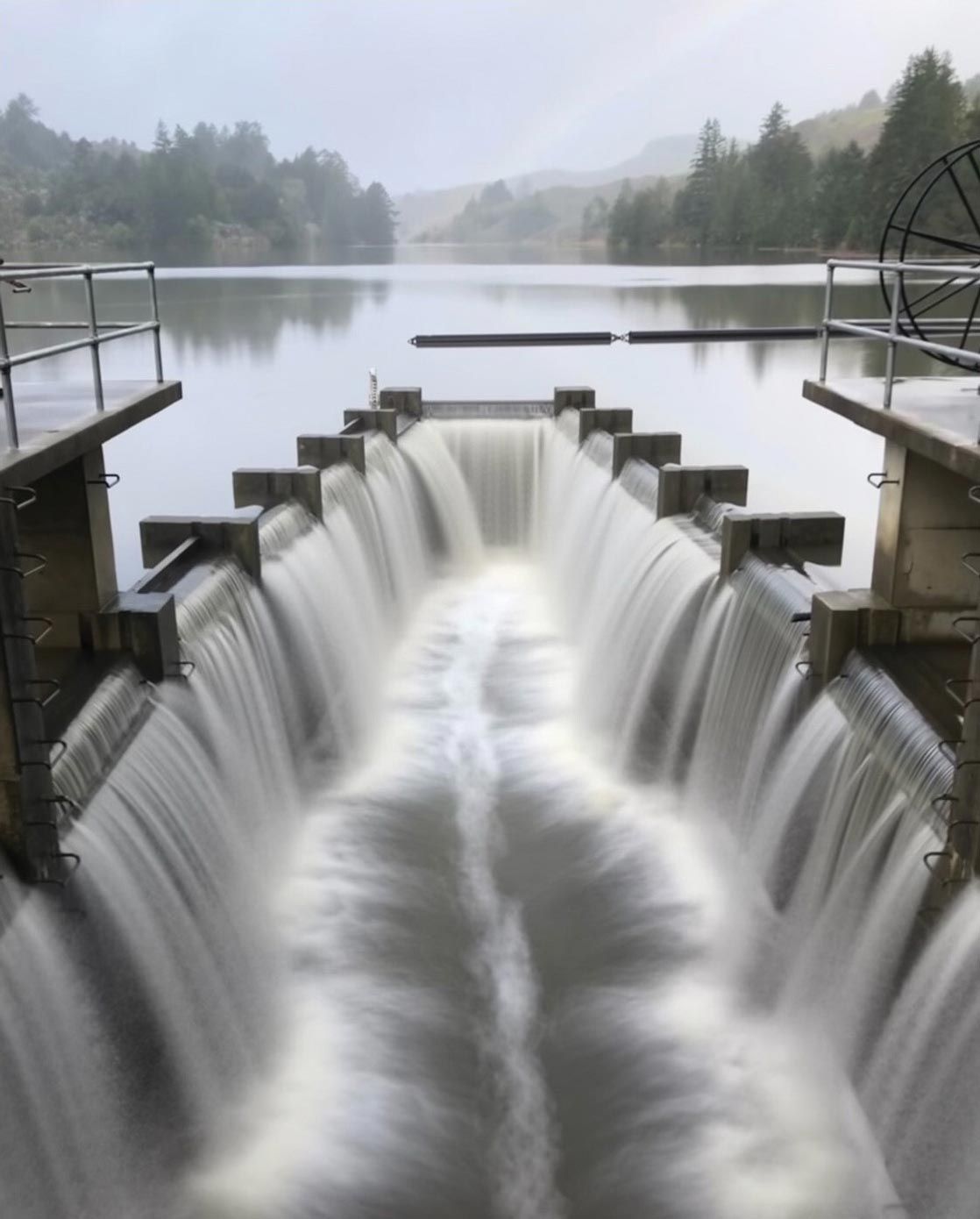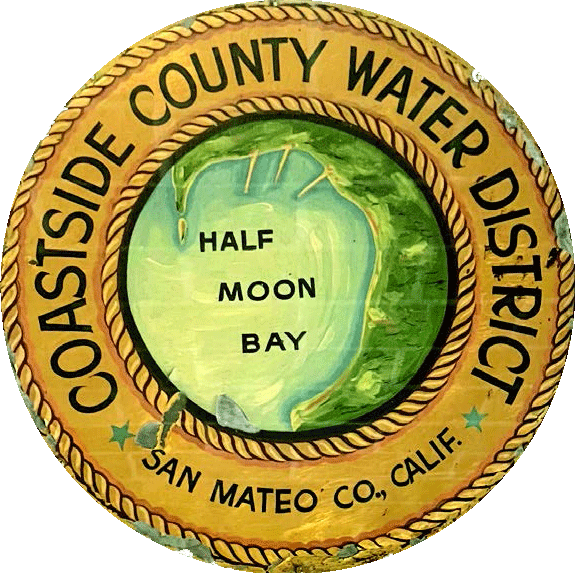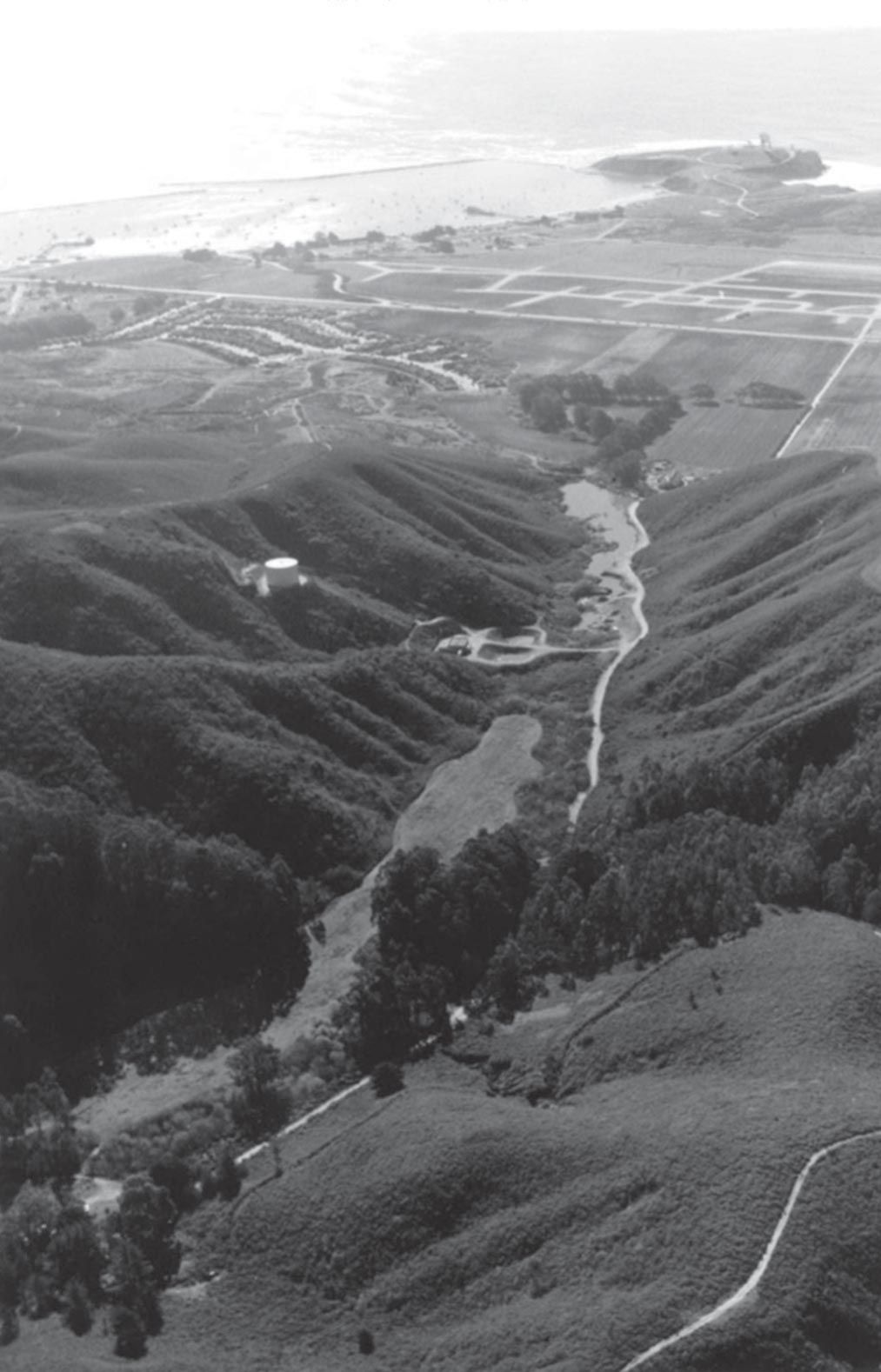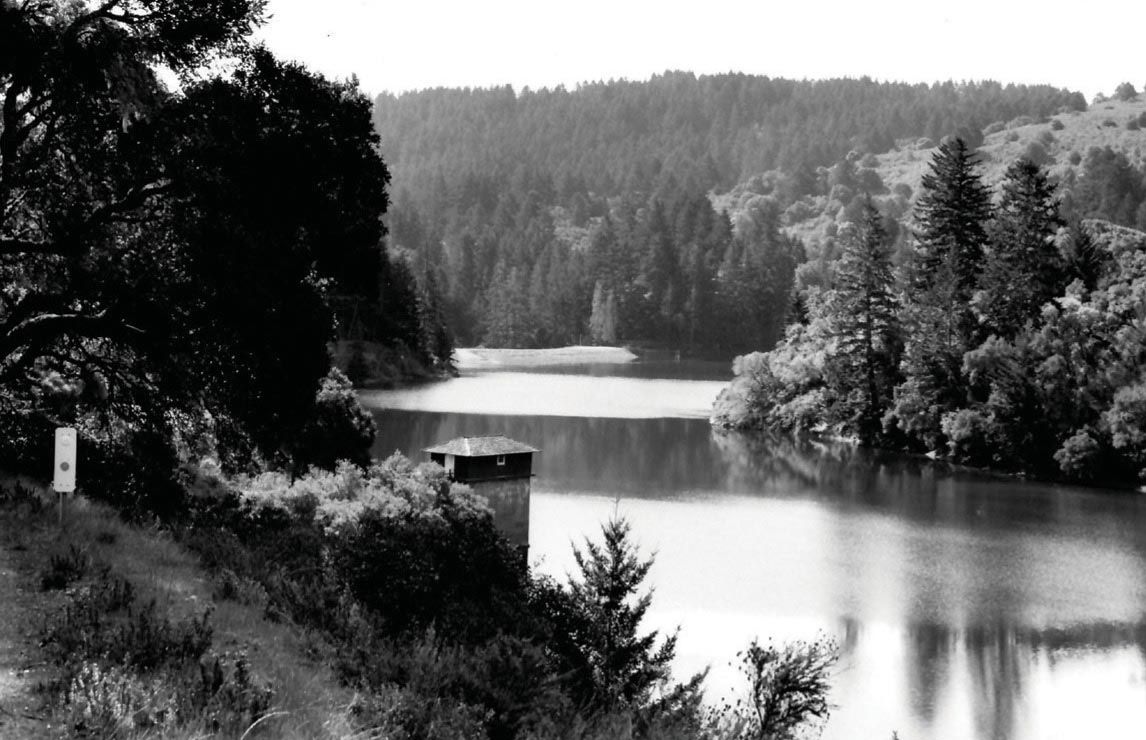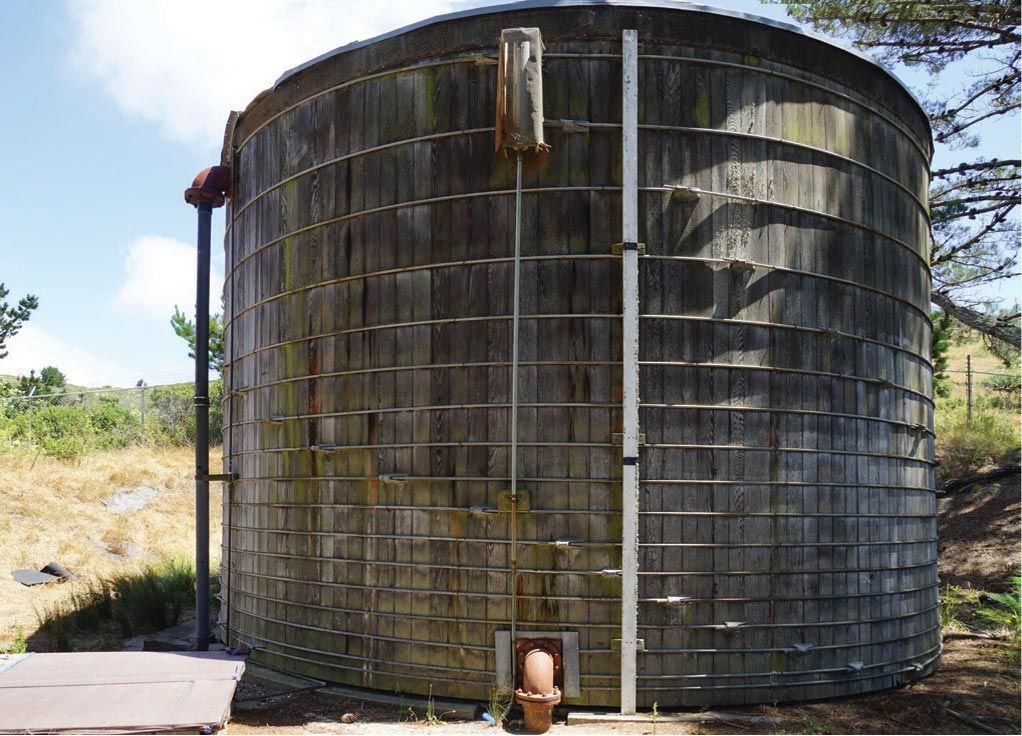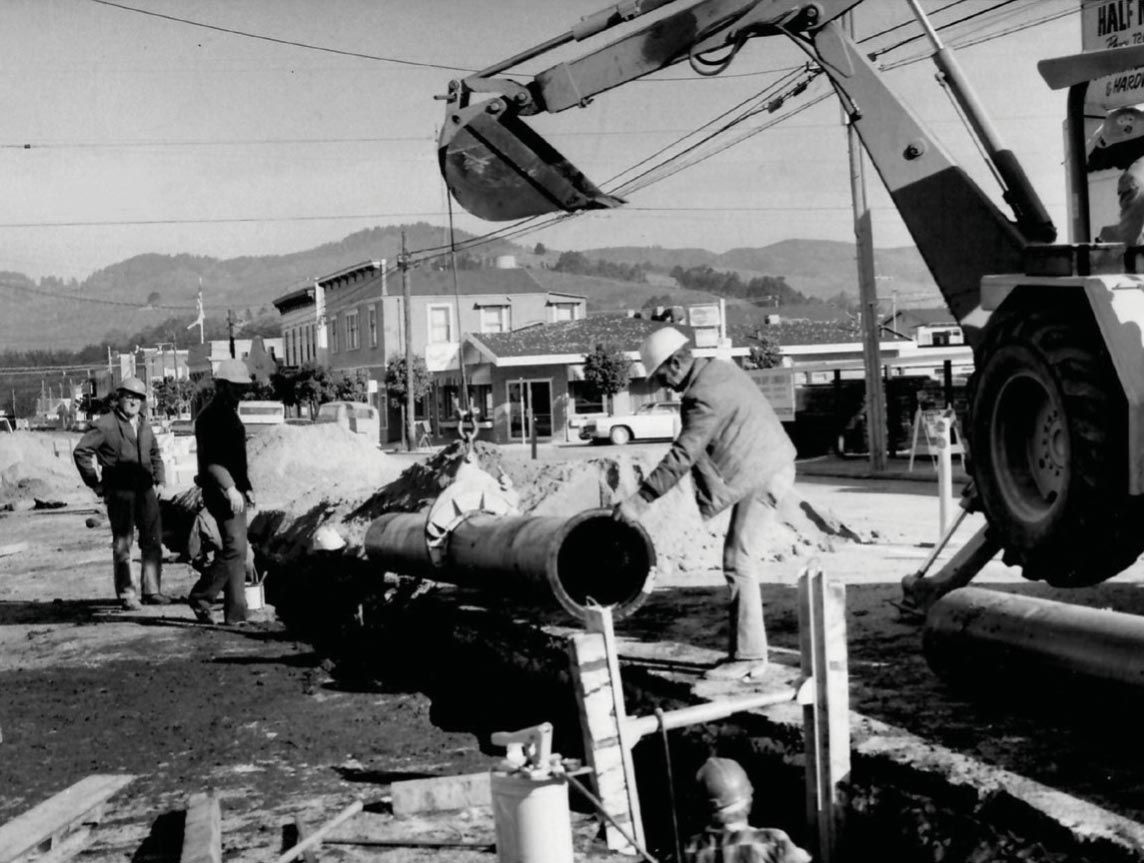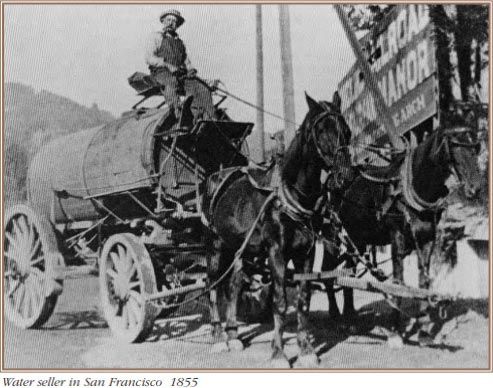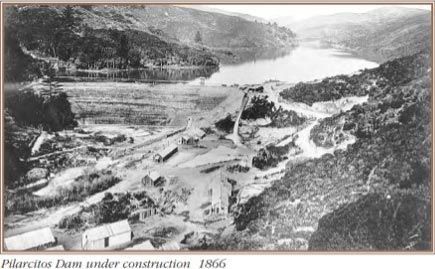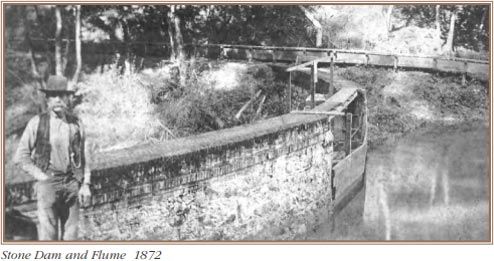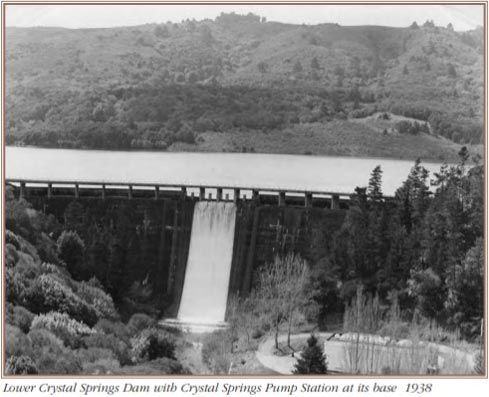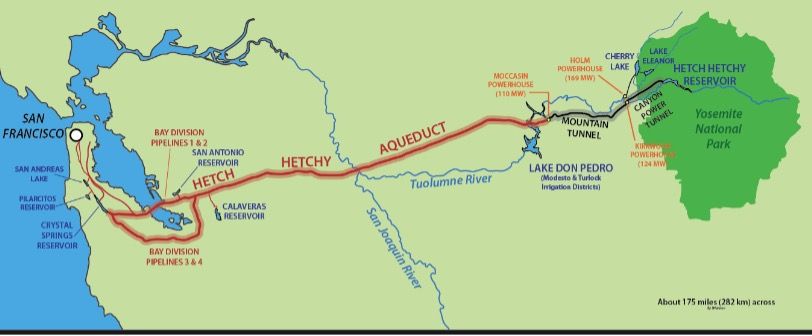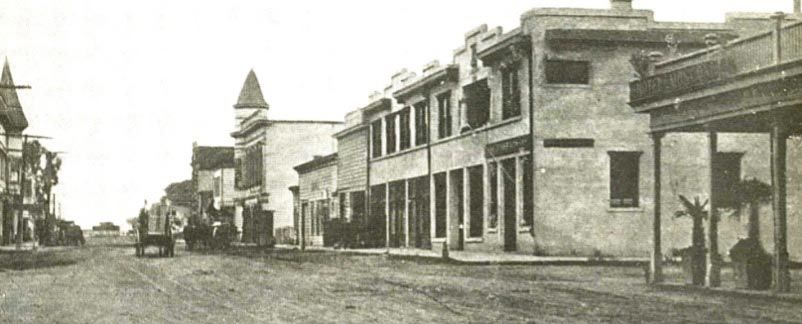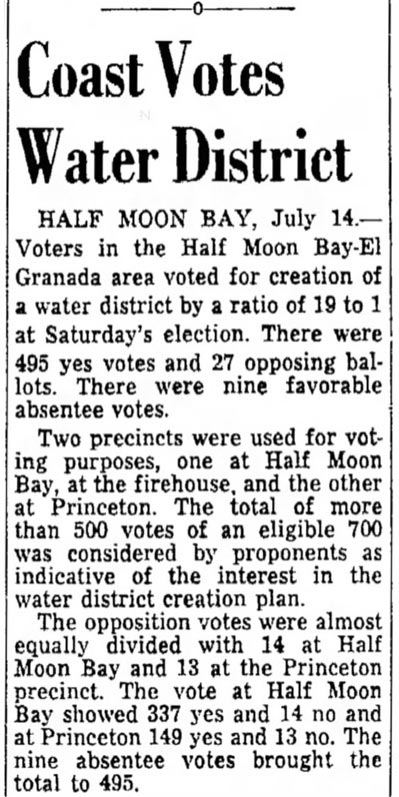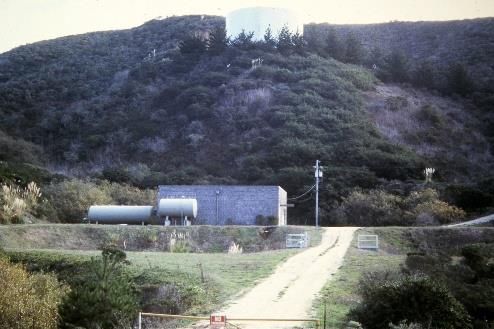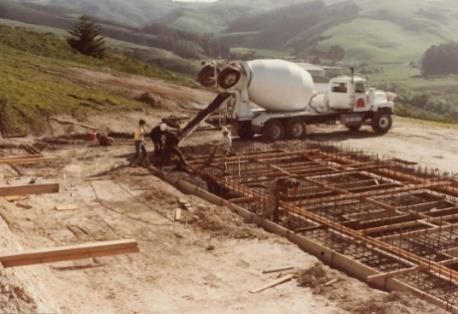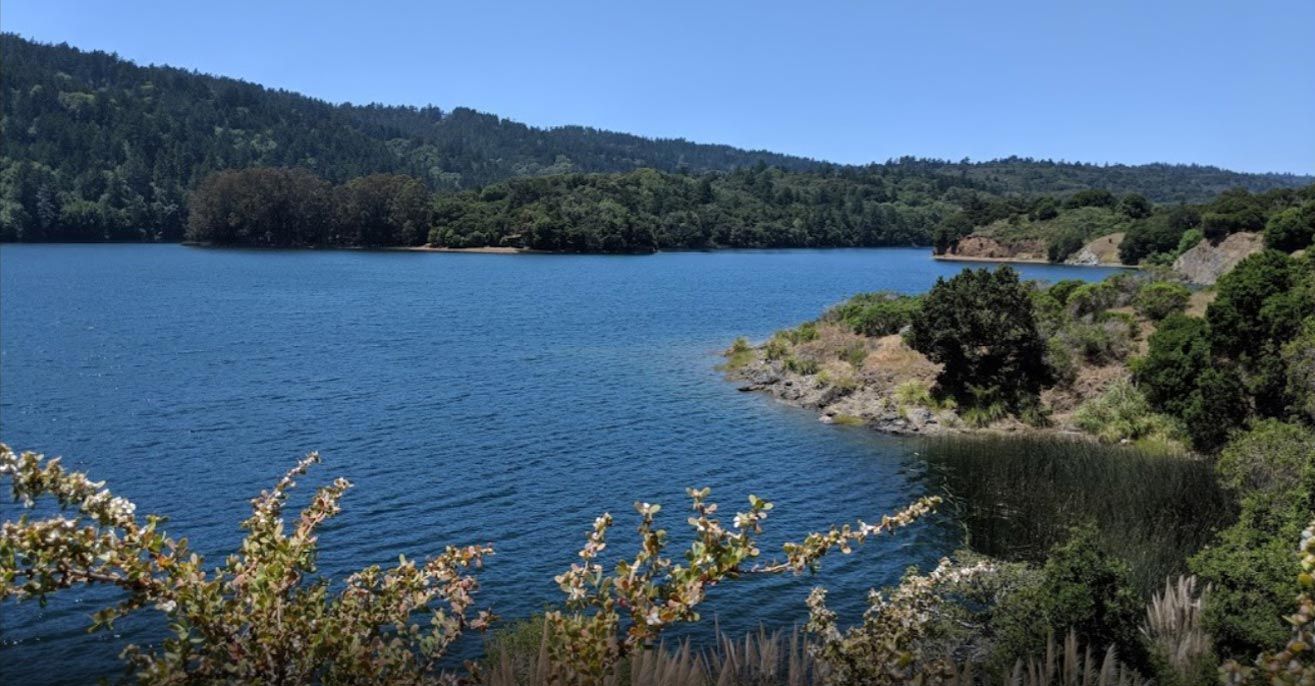75 Years of Service: 1947-2022
Celebrating 75 years of providing safe and reliable water service to the Coastside community.
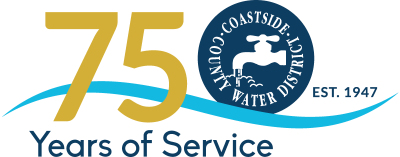
The Coastside County Water District was formed in 1947 by a vote of the people within the Coastside community. Two years after it was formed, the District acquired the facilities of Citizens Utilities Company and supplied water to 487 existing water connections. The District’s office was originally located in the Half Moon Bay Mercantile Building and moved its headquarters to 766 Main Street in 1953. A new administrative building was constructed in 1971 to serve the District’s 2,325 customers.
Since its formation, the District accomplished many milestones to better serve the Coastside community. The Denniston Project was completed in 1972 with the construction of the Denniston Water Treatment Plant. The Nunes Water Treatment Plant was completed in 1982 with a major expansion in 1992. The completion of the Crystal Springs Water Supply Project in 1994 gave the District direct access to Upper Crystal Springs Reservoir.
In 2008, the District completed the El Granada Transmission Pipeline Replacement Project. This project replaced welded steel pipe with ductile iron pipe spanning from El Granada to Half Moon Bay. The District replaced a welded steel pipeline across Pilarcitos Creek in 2016 to provide more reliable water service for downtown Half Moon Bay. The District successfully completed a major renovation of the Denniston Water Treatment Plant in 2013 and constructed the Denniston Treated Water Booster Pump Station and the Bridgeport Transmission Pipeline in 2017. The District installed advanced metering infrastructure in 2018 to allow all meters to be read remotely which coincided with providing a customer web portal enabling timely water use notifications for customers and increased engagement with customers.
Pilarcitos Reservoir Spillway
The District currently has 7,700 water connections, 2 water treatment plants, 10 treated water storage tanks, and 100 miles of distribution and transmission pipeline. The District serves the City of Half Moon Bay and the unincorporated communities of Moonridge, Miramar, El Granada, and Princeton. Serving a population of approximately 19,000, the District’s facilities are valued at $400 million and are operated by 21 full-time employees.
The District works diligently to maintain and improve its facilities while ensuring reliable, high-quality water and exemplary customer service. The District would like to thank the community for their support.

Pre-1947
San Francisco Public Utilities Water System (SFPUC)
1846
Captain John B. Montgomery, USS Portsmouth, claims Pueblo of Yerba Buena for the USA. Renamed “Town of San Francisco”. Population of San Francisco = 800.
1848
Gold discovered at Sutter’s Mill.
1849
Drinking water (shipped from Marin County) sold by the barrel and bucket in San Francisco. San Francisco’s population swells to 40,000.
1856
San Francisco City Water Works lays first pipelines in San Francisco.
1858
Spring Valley Water Works franchised by State Legislature. San Francisco population = 78,000.
1862
Spring Valley Water Works completes construction of Pilarcitos Dam and tunnel, bringing water supply to San Francisco that year (and rivaling San Francisco City Water Works). The vision was for Pilarcitos to be a main water supply for San Francisco.
1868
Spring Valley Water Works buys San Andreas Valley and watershed and starts construction of San Andreas Dam (near present day San Bruno/Highway 280).
1871
Stone Dam completed by Spring Valley Water Works.
1877
Upper Crystal Springs Dam completed by Spring Valley Water Works.
1888
San Francisco mayor buys Tuolumne River water rights.
1906
Earthquake disrupts water supply. San Francisco redirects attention for new supplies away from Pilarcitos Lake.
1907-
1913
Plans for development of Hetch Hetchy reservoir and water system solidify. Board of Army Engineers recommends Hetch Hetchy as best water supply for San Francisco.
1914
San Francisco ratifies Raker Act. President Wilson signs Raker Act into law, paving the way for the development of Hetch Hetchy.
1916
Construction of the Hetch Hetchy Railroad starts.
1923
O’Shaughnessy Dam Diversion Tunnel completed to a height of 226.5 feet.
1924
Construction begins on trestle bridge on Dumbarton Strait for Bay Crossing Pipeline.
1930
San Francisco purchases Spring Valley Water Company (formerly Spring Valley Water Works) for $40 million.

Pre-1947 Coastside
Coastside Communities Growing
1840s
Coastside is settled as an agricultural outpost and fishing community, originally named “Spanishtown”.
1907
Water service commences by subdividers to facilitate the sale of real estate on the Coastside after 1906 earthquake.
1907-
1920
Ocean Shore Railroad brings visitors to the Coastside. (Coastside thrives during Prohibition!)
1928
Water system properties are acquired by the Public Utilities Corporation of California, which changed names to Citizens Utilities Company of California in 1949.
1907-
1947
Principal water sources for the Coastside are two reservoirs and local wells near Apanolio Creek and McMahon Creek (El Granada).

1947 and Beyond!
Coastside County Water District
1948
First bond issue for $300,000 approved by voters 582 to 28.
1948-
1949
The new District constructs a pipeline from Lake Pilarcitos/Stone Dam (San Francisco Public Utilities Water System) to Half Moon Bay. Water deliveries begin!
1949
The District purchases the Half Moon Bay and El Granada water distribution pipelines and facilities owned by Citizen’s Utility Company of Stamford, CT, at a cost of $31,000.
1950
On January 1, the District begins water system operation for 487 customers.
1950s
The District installs pipelines in Princeton; 1st tank in El Granada; purchases Carter Hill site (behind high school) and constructs 1st tank; purchases 300 acres of land adjacent to San Francisco’s watershed in Pilarcitos Canyon, installs wells and considers possibility of a dam on the site.
1956
Pescadero Dam is proposed to bring water to the entire Coastside. Project is pursued during 1960s and ultimately cancelled in 1971.
1960s
El Granada Highlands, Miramar and other communities develop. The District installs distribution pipelines and tanks in El Granada, Miramar, and at Carter Hill to supply water storage.
1969
The District is issued first water rights permit to obtain water on Denniston and San Vicente Creeks.
1971
The District’s new office at 766 Main Street is completed.
1975-
1977
Record drought. Board approves a moratorium on new water connections. First drought ordinances adopted prohibiting non-essential uses of water.
1978
State mandates construction of a water treatment plant in Half Moon Bay, and the District obtains $1.5 million loan for financing.
1981
Board accepts engineering report that the best option for the District to obtain reliable water supply is to undertake the construction of a Crystal Springs pipeline.
1984
The District becomes a permanent customer of the San Francisco Water Department after settlement of a lawsuit between San Francisco Water Department and suburban customers.
1985
Crystal Springs Water Supply Project is approved. The District receives a Coastal Development Permit under the newly adopted San Mateo County Local Coastal Plan by the San Mateo Board of Supervisors.
1986
Crystal Springs Water Supply Project designed by CH2mHill and Kennedy/Jenks/Chilton Engineers.
1988
The District pre-sells new water connections to finance the $25M+ Crystal Springs Water Supply Project.
1988-
1992
Second critical drought occurred requiring water use rationing of 25%.
1989
Ground-breaking ceremony for Crystal Springs Water Supply Project.
2008
The District completes the El Granada Pipeline Replacement Project, replacing 13,000 linear feet of the original pre-1940s pipeline between Half Moon Bay and El Granada.
2013
Denniston Water Treatment Plant Improvement Project is completed.
2016
The District completes replacement of original pre-1940s pipeline into downtown Half Moon Bay and the southern end of the District.
2018
The District installs a Booster Pump Station at Denniston and the Bridgeport Transmission Pipeline to improve the resiliency of the system and to move potable local source water south and District-wide.
2018
The District implements advanced metering infrastructure along with the “WaterSmart” customer web portal to allow meters to be read remotely and enable faster leak detection.
2021
The District begins $9M upgrade to Nunes Water Treatment Plant.
2022
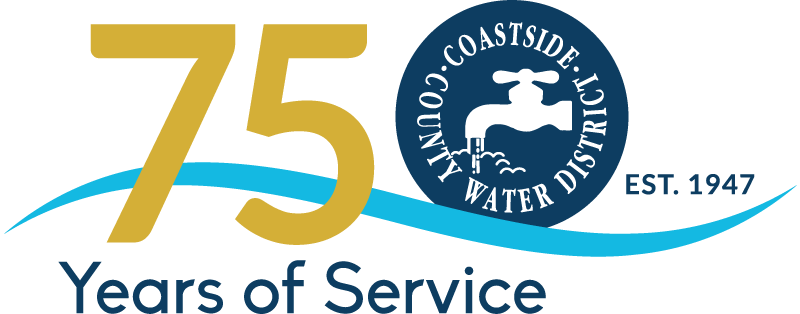
The District celebrates 75 years of serving the Coastside.
Additional accomplishments in the past 25 years include: installation of backup generators at the District’s water treatment plants, tank sites, pump stations and corporation yard; improved automation and state-of-the-art software for SCADA/instrumentation.
7,700 connections
19,000+ population served
100 miles of pipeline
2 water treatment plants
10 treated water storage tanks
Crystal Springs Pump Station
21 employees
$15M annual operating budget
$68M 10-year Capital Improvement Program
The District would like to thank the community for their support.

Board of Directors
Recognizing Board Members Past & Present
1947 Founding Directors
Edwin Bernardo 1947 – 1967
Harry Clark 1947 – 1951
Dante Dianda 1947 – 1949
Steve Ponce 1947 – 1951
William Wilson 1947 – 1977
Current Board of Directors
President Robert Feldman 2006-2013, 2016-2022
Vice President John Muller 2002-2006, 2020-2022
Chris Mickelsen 2002-2022
Ken Coverdell 1992- 2001, 2003-2022
Glenn Reynolds 2011-2022
Previous Directors
Jim Healey 1949 – 1970
Joe Nunes 1951 – 1983
Homer Riddell 1951 – 1978
Wayne Stockwell 1967 – 1972
Norman Francis 1970 – 1983
Robert Rathborne 1972 – 1984
Gerald Pera 1988– 1992, 1996-1998
Charles Feldman 1978 – 1981
Ronald Mickelsen 1983 – 1987
Joe Reid 1983 – 1996
Robert Mascall 1984 – 1988
Albert Adreveno 1982- 1994
Major Gates 1988 – 2001
Anthony Kash 1990 – 1999
Roger Goodrich 1995 – 1999
Michel Raynor 1988-1990
Beverly Miller 1998-1999
Eva Colman 2000
Carol Cupp 2000-2001
Eleanor Wittrup 2000-2003
James Marsh 2002
Everett Ascher 2003-2009
Jerry Donovan 2009-2012
Bryan Hannegan 2011-2013
Jim Larimer 2002-2011, 2019-2020
Arnie Glassberg 2013-2019
Steve Flint 2014-2016
